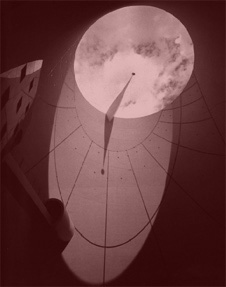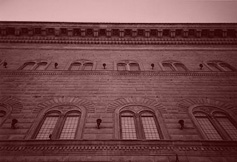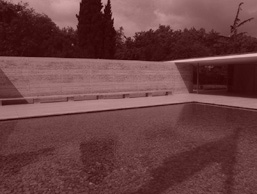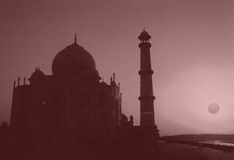









[PARA UNA VERSION EN ESPAÑOL, por favor cliquee aquí.]
Before anything, THANK YOU VERY MUCH to those of you that participated in it! Many articles have been published covering the results of this work. You may find all of them in my academia.edu website.
From April 2007 to April 2008, two parallel and independent online surveys (one in English and the other in Spanish) were conducted to gather information about people's most profound, lasting, and/or intense experiences of architecture. The surveys defined Extraordinary Architectural Experiences (or EAEs) as:
EAEs were selected because their exceptional nature (a) amplifies the experiential effects and thus makes them easier to study than under normal circumstances; (b) guarantees recall accuracy and thus facilitates data gathering and reliability, (c) has lasting consequences in the lives of both the public and professionals, and (d) are usually tied to well known places and/or perceptual features that simplify later objective analysis.
Both surveys had the same 36 questions that asked about the experience (25 multi-choice and 5 open-ended questions) and the participant him/herself (6 questions). Each survey took about 10 minutes to complete and was openly available over the internet. The surveys produced the largest number of personal testimonies of EAEs ever collected (2,872: 1,890 in English and 982 in Spanish). However, since participation was totally voluntary, open, and unsupervised, the result does not constitute a scientific sample of any particular population. Nonetheless, the very large number of responses obtained supports studies with statistical significance within the responding population.
The breath, depth and amount of information collected by the surveys allows for an unprecedented investigation of EAEs. For example there are 28 experiential dimensions quantitatively recorded and therefore statistically analyzable either by themselves or in comparison to each other (in pairs, in groups, and as a whole). The analytical possibilities are exponentially magnified by open-ended entries and personal essays (a total of 130,000 words or 150 pages of text). In addition, the five dimensional space of the population data (age, gender, educational level and background, residency) offers an invaluable source for comparative analysis in relation to itself and to the rest of the information. Finally, the cultural differences implicit in the Spanish and English surveys afford a remarkably rare chance to compare how diverse societies, languages, and customs frame the atmospheric quality in architecture.
To review the instrument utilized, please click here.
Architecture Live used statistical, interpretive, and comparative analyses of such data to build the most complete empirical modeling of EAEs to date. The outcome of this research effort will positively impact architectural practice, education and research, as well as ongoing work in Psychology, Phenomenology, Neuroscience, and Art Criticism.
Julio Bermudez, Ph.D.
Principal Investigator
.
Acknowledgements
I would like to express my gratitude to Mark St. André for his advise, optimism, and work. Without his decisive support from the very beginning of this project, this survey would have been impossible.
I also extend my thanks to the people of StudentVoice whose professionalism, speed, and effectiveness have been essential for the creation and operation of this survey.